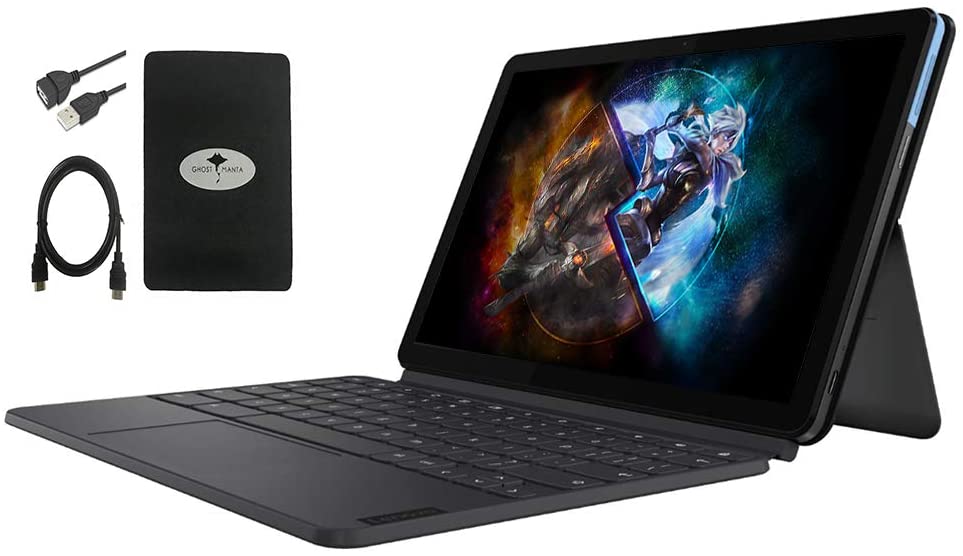
Those issues aside, the Duet poses serious competition to the likes of higher-end rivals such as the Samsung Chromebook 3 and the HP Chromebook x360. However, a few glitches have forced me to set the Duet aside and turn instead to my Linux desktop or laptops to complete specialized production tasks. So far, using it steadily has been mostly successful. When mine arrived, I made it my temporary main computing platform so I could check out how well it could help me get stuff done.

Best Buy offered a limited quantity of Duets for preorder in May. However, it went from not listing the Duet at all to displaying it on its website as a “Coming Soon” attraction. As of this writing, Lenovo wasn’t openly selling the Duet. Lenovo debuted the Duet at CES in January. It is a 2-in-1 device that also is compatible with an MSI stylus for drawing and handwriting. The Duet, released last month, is Lenovo’s attempt to fill that niche with a new Chromebook form factor that runs Android and Linux apps within Chrome OS.

The response to both the Pixel C and Pixel Slate was so poor that Google abandoned plans to make its own Chrome OS-powered tablets. The Duet comes with a 10.1-inch screen, a magnetically attached keyboard with trackpad, and 128 GB of internal RAM for US$199.99. It redefines what the Chrome OS can do on a convertible tablet, compared to Android. This new device mimics Microsoft’s Surface Pro line, using the Chrome OS instead of Microsoft Windows. Lenovo introduced innovations that push the limits of Chrome OS-powered tablets with a new 2-in-1 form factor in the IdeaPad Chromebook Duet.


 0 kommentar(er)
0 kommentar(er)
